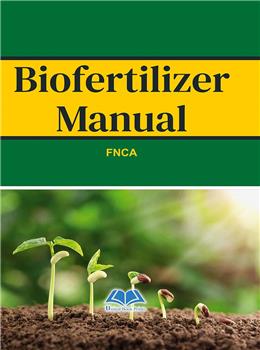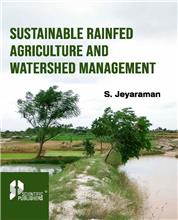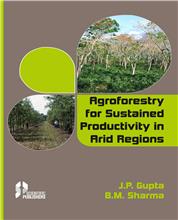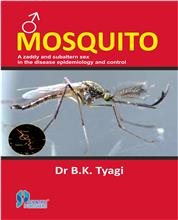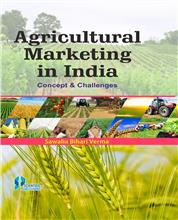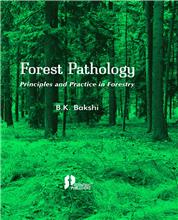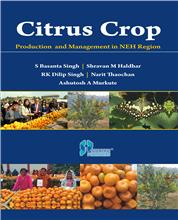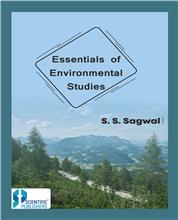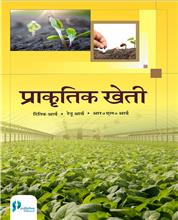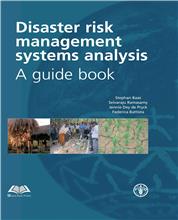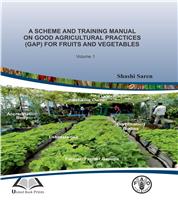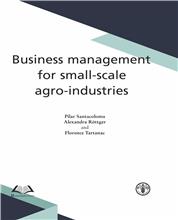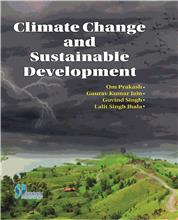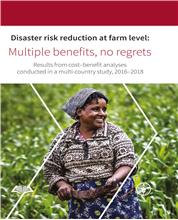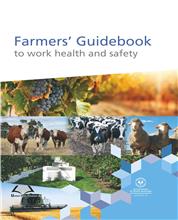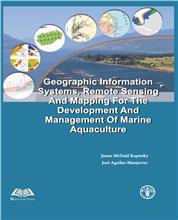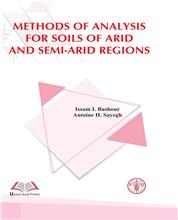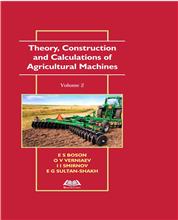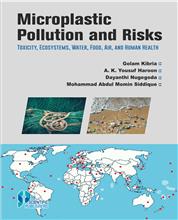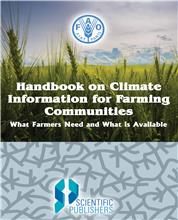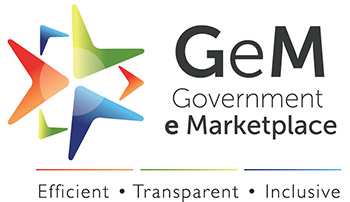Preface by Dr. Sueo Machi, the FNCA
Coordinator of Japan
Acknowledgements
Members of the FNCA Biofertilizer Project
Group
Contributing Authors
I. Introduction
II. General Methods to Evaluate Microbial
Activity
1. Isotopic Methods
1.1. N2-fixing Activity
1.1.1. Introduction
1.1.2. Total N accumulation
1.1.3. N difference method
1.1.4. 15N dilution
method
1.1.5. 15N natural
abundance method
1.1.6. 15N2 fixation
activity
1.1.7. Appendix: Direct Analysis
of 15N Abundance of
Kjeldahl Digested Solution by
Emission Spectrometry
1.2. P-solubilizing Activity
2. Conventional Methods
2.1. N-fixing Activity
2.1.1.
Acetylene reduction assay
2.1.2. H2 production assay
2.1.3. Relative ureide method
2.2. P-solubilizing Activity
III. Carriers for Biofertilizers
1. Carrier Materials
1.1.
Introduction
1.2. Carrier material
1.3. Sterilization
1.4. Appendix: Enhanced Growth
and Nodule occupancy of Red Kidney
Bean and Soybean Inoculated with Soil
Aggregate-Based Inoculant
2.
Carrier Sterilization using γ-irradiation
2.1. Introduction
2.2.
The properties of ionizing radiation
2.3.
The effects of radiation on microorganisms
2.4.
The necessity of radiation sterilization
2.5.
The practical example for carrier sterilization
2.6.
Appendix: γ–ray irradiation facilities and electron-beam
irradiation
facilities potentially available for carrier sterilization in Asia
IV.
Inoculant for Biofertilizers
1. Rhizobium Inoculant
1.1. Introduction
1.2. Isolation of Rhizobium
Strains
1.2.1. Collection and preservation of root nodules in field trips
1.2.2. Isolation of bradyrhizobia from dried root nodules
1.2.3. Isolation of rhizobia from fresh nodules
1.3. Rhizobial Inoculant Production
1.3.2. Production of sterile
carrier-based inoculant
1.3.1. Production of broth culture
1.3.3. Production of non-sterile carrier-based inoculant
1.3.4. Production of liquid inoculant
1.4.
Introduction to the Rhizobium Supplier and Field Experiments in Japan
1.4.1. Production and Sales of
Rhizobium Biofertilizers
1.4.2. Facility of biofertilizer
production in TFAC
1.4.3. Outline of Rhizobium
inoculant production in Tokachi
Federation of Agricultural Cooperation
1.5. Inoculant Application
1.6. Field Experiments Related to New
Inoculation and Fertilization Methods
for Soybean in Japan
2. Non-Symbiotic Nitrogen Fixers
2.1.
Introduction
2.1.1.
Azospirillum
2.1.2. Other Associative
Nitrogen Fixing Bacteria
2.2. Isolation of Microbial Strains
2.2.1.
Isolation of endophytic bacteria from grass/rice roots
2.2.2. Isolation of Associative Nitrogen Fixing Bacteria from rice
roots
2.2.3. Evaluation of N2 Fixation of Associative Nitrogen Fixing
Bacteria
2.3. Inoculant Production
2.3.1.
Associative Nitrogen Fixer
2.3.2. Mass Inocula Production
2.4. Application of
biofertilizer from Associative Nitrogen Fixing Bacteria
2.4.1. Benefits
of Biofertilizer
2.4.2.
Application of Biofertilizer
2.4.3. Procedures for Growing Corn using
Biofertilizer Inoculated Seeds in Indonesia
2.5. Tips on Buying and Storage
of Biofertilizers
2.6. Cautions and Limitations of Biofertilizer
3. Mycorrhiza
3.1. Introduction
3.2. Benefits of Mycorrhizal
3.3. Isolation of Arbuscular Mycorrhizal Fungi
3.3.1. Taxonomy of AM fungi
3.3.2. Observation of arbuscular mycorrhizal fungi
in roots
3.3.3. Isolation of spores from soils and their
observation for identification
3.3.4. Morphological observation of spores for
identification
3.3.5. Culturing AM fungi
3.3.6. DNA extraction from spores
3.4. Inoculant Production
3.4.1 Preparation of trap culture inoculum of
arbuscular mycorrhizal fungal spores
3.4.2
Inoculation of AMF
3.4.3
Problems and potential for AMF inoculum production and utilization
3.5.
Inoculant Application
3.6. Preservation and Precautions
4. Phosphate Solubilizers
4.1. Isolation of Microbial Strains
4.1.1. Mechanisms of phosphate solubilization
4.1.2. Isolation of mineral phosphate solubilizer
4.2. Inoculant Production
4.2.1. Cultivation
4.2.2. Collection
4.2.3. Formulation of inoculants using carrier
materials
4.3. Inoculant Application
4.3.1.
Inoculation method of phosphate solubilizer
4.3.2. Improvement of phosphate solubilizers
4.3.3. Case study
of improvement of soil condition for phosphate solubilizers
on
the fifty-years long-term experiment in rice paddy soils in Korea
V. Quality Control of Biofertilizers
1.
General Concept of Quality Control
1.1. Definition of
1.2.
Microbial Functions Newly Recommended as Biofertilizer
1.3.
Properties of Microbial Products
1.4.
Quality Management
2. Procedures for Quality Control of
Biofertilizer
2.1.
Rhizobium
2.1.1.
Mother culture test
2.1.2. Broth test
2.1.3.
Peat test
